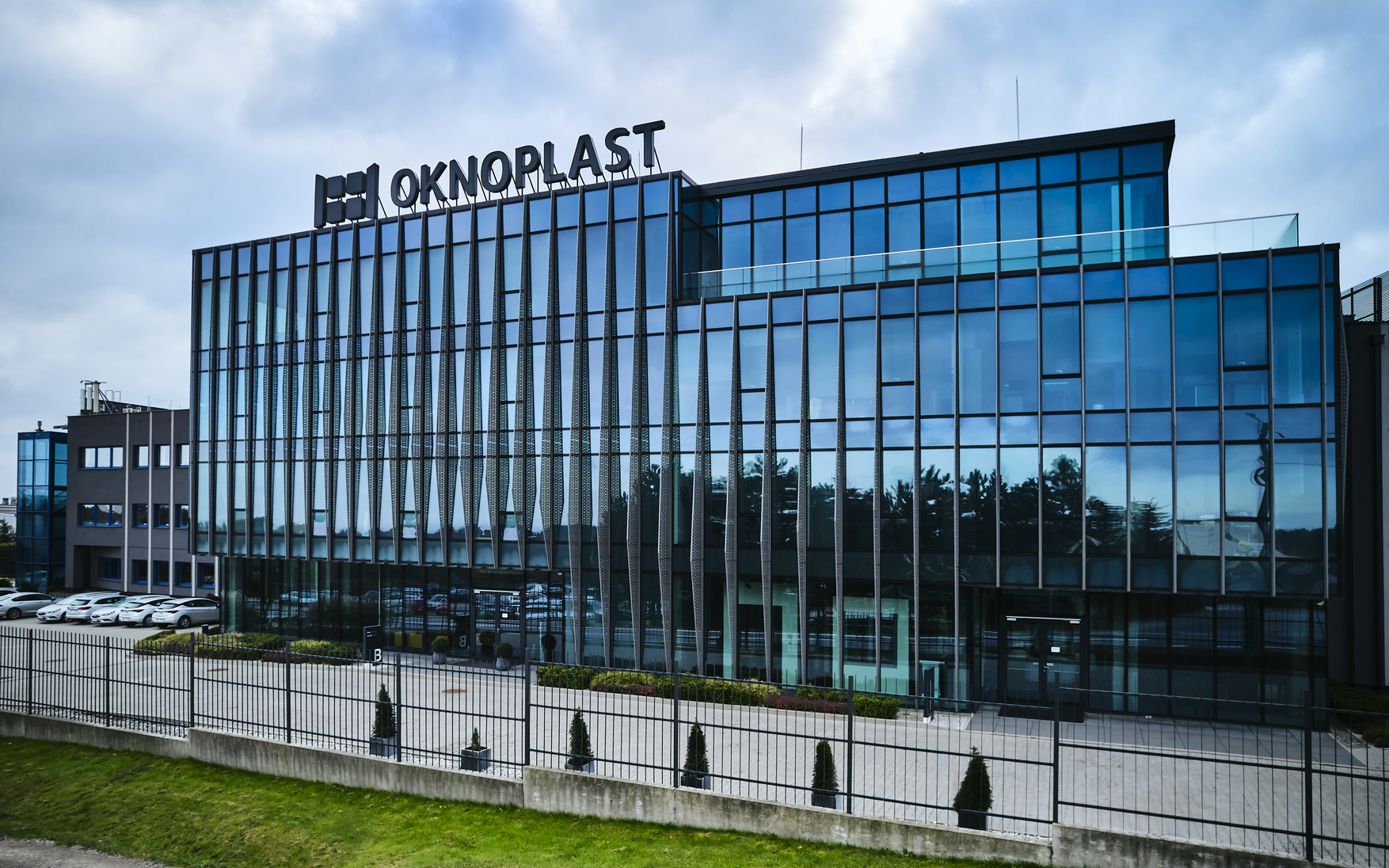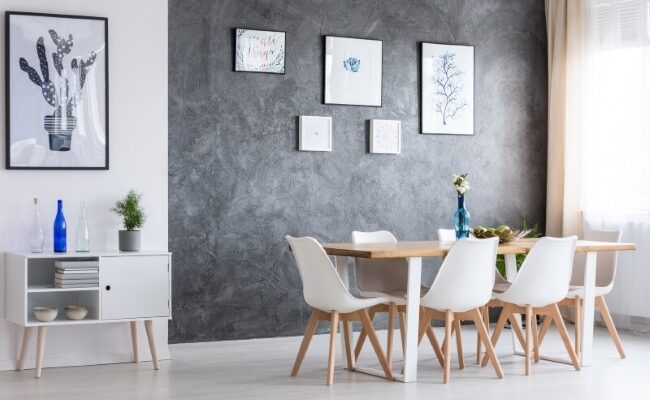Concrete is a real all-rounder among building materials because, first of all, it is… very well processed leaves. It isolates airborne noises excellently and, thanks to its mass, it also has good persistence, to the benefit of the environmental climate. Being a natural material, concrete is characterized by an excellent ecological balance and is sustainable.
By the way, it’s concrete completely recyclable: It is crushed and used as aggregate. Especially in road and housing construction, they can be found in walls or Facades the old concrete reused.
Concrete design inside
For some it is deadly chic, for others it is a real horror: designing with concrete is clearly a matter of taste. One thing is certain: it gives every interior an individual touch characteristic environment. You can not only use concrete accents, but also turn several elements in the room into a visual unit, for example
- Furniture
- flooring
- walls
- Countertops in the kitchen
staged particularly effectively.
It’s up to you balanced mix of materials and colors an: Design elements made of pure concrete have a more robust and clear character, while material mixes such as wood and concrete or concrete and colors subtly accentuate the strict look of concrete and make concrete seem more welcoming.
Concrete furniture
They haven’t made it into the catalogs of Swedish furniture suppliers yet, but yes high level interior architecture Concrete furniture has been popular for a long time. They are not cold or hard at all, because concrete definitely has its natural side! Now you can find them on the market, among other things
- footstool
- Coffee tables
- Splendor
- Left
- Wardrobe doors
- Table tops
made of concrete, which impress with their beautiful concrete surface.
flooring
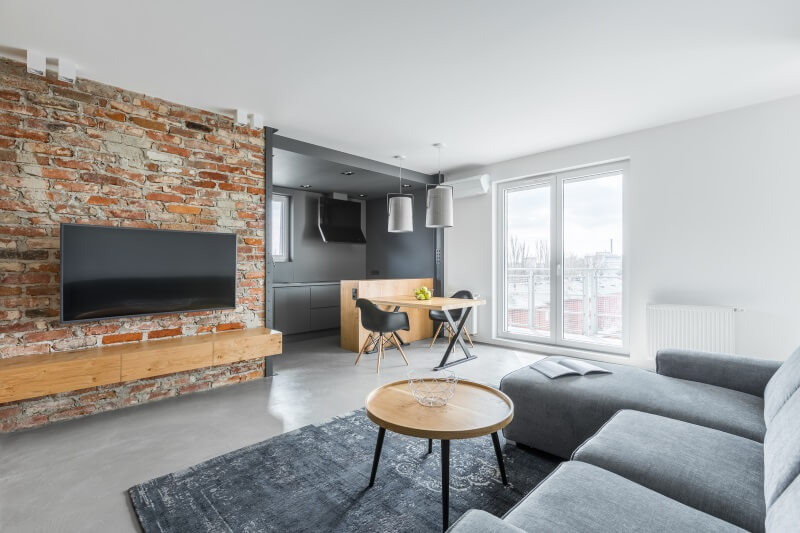
THE flooring made of concrete represents one of them minimalist but harmonious appearance and enhances the interior. A concrete floor can be laid without much effort and is cheaper than, for example, a wooden floor. Concrete floors are also extremely durable and very resistant.
Our advice: If you want a soft look from your concrete floor, we recommend it Concrete floor polishing.
Wall paneling
Exposed concrete is particularly suitable for wall and facade cladding. Exposed concrete is nothing more than concrete, which takes on creative functions and whose formwork skin has a smooth feel. Various patterns can be incorporated into the formwork, making your walls truly unique.
False ceilings
Concrete countertops look attractive in any kitchen. Real concrete countertops evoke a perfect basis for further planning with Colors or other materials. Alternatively, there are also panels with the look of concrete, which are obviously not as beautiful as the concrete itself, but are lighter and easier to work with.
Concrete also has disadvantages
The biggest disadvantage of concrete is its weight. Especially in furniture construction, this property of concrete must be taken into account, which is noticeable for example when pushing furniture. Even during the processing of concrete it is very important that it it is poured wet into the mold and then it hardens completely. Only in this way can unsightly cracks and porous areas be avoided.
As you can see, concrete is not a boring building material, even in interior design. It’s natural A matter of tastehow and whether you should choose concrete in your home Single family house decide. However, a concrete element does not harm the interior design and will definitely attract attention!
Conclusion
Concrete, despite its heavy weight, remains one of the most versatile and visually striking materials in both architecture and interior design. While its density can be a disadvantage—particularly in furniture construction where mobility is important—its durability, stability, and modern aesthetic make it a highly desirable choice for many homeowners. Proper handling and processing are essential: concrete must be poured wet into the mold and allowed to cure completely to avoid cracks, air pockets, and uneven textures. When done correctly, it produces a smooth, solid surface that not only looks elegant but also stands the test of time.
Beyond its structural benefits, concrete has evolved into a material that blends functionality with design innovation. Its minimalist appearance complements a variety of styles, from industrial to contemporary, and can be integrated into floors, walls, countertops, and furniture pieces. With the right finish, it offers a sophisticated and timeless look that enhances any space. Moreover, concrete’s natural gray tones provide a neutral backdrop that harmonizes with wood, metal, or glass, allowing for endless creative combinations.
Choosing to incorporate concrete elements into your home is ultimately a matter of personal preference, but it undeniably adds character and distinction to interior spaces. Even a single concrete feature—such as a table, wall, or decorative surface—can become a focal point that reflects strength and modern elegance.
In conclusion, while concrete has its challenges due to weight and handling requirements, its aesthetic appeal and longevity far outweigh its drawbacks. When used thoughtfully, concrete transforms interiors into contemporary and refined environments, proving that it is far from a “boring” material. It stands as a bold design statement that unites practicality, durability, and artistic expression within the home.
latest posts published

The basement as an ideal place for a home sauna
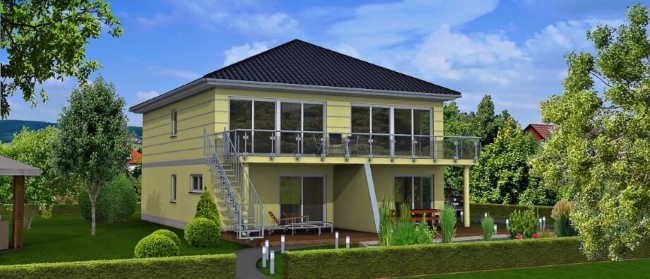
Building a condo is a breeze | What’s behind a condominium?
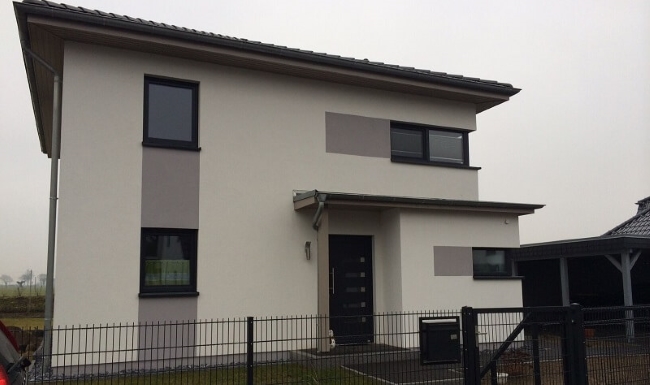
Splash protection for facades – that’s why it makes sense
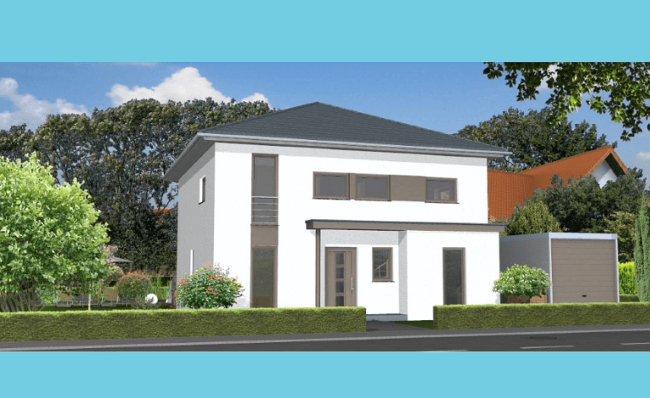
How to design your home with a covered garage

Build savings in times of low interest rates
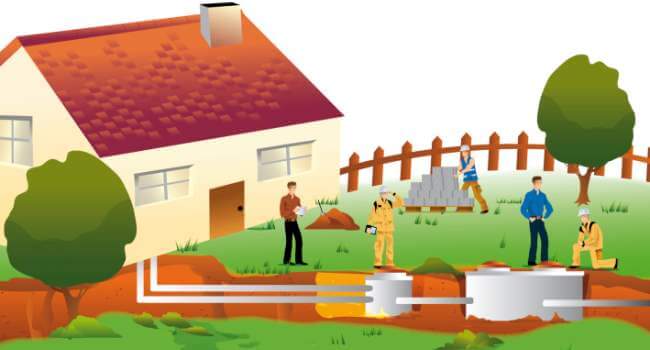
Useful information on property drainage | Considerations during construction
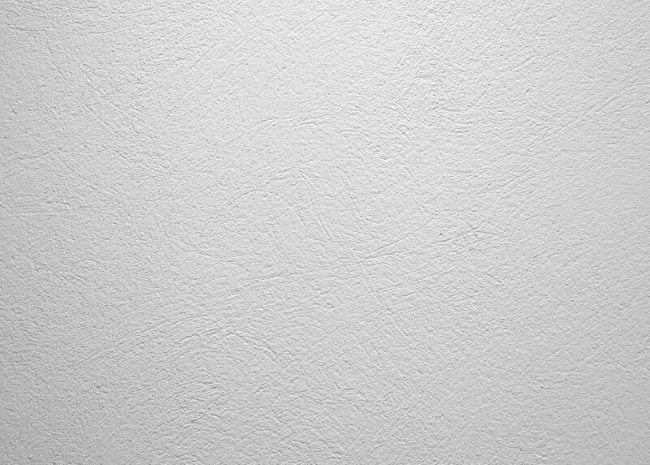
Interior wall plaster in brief
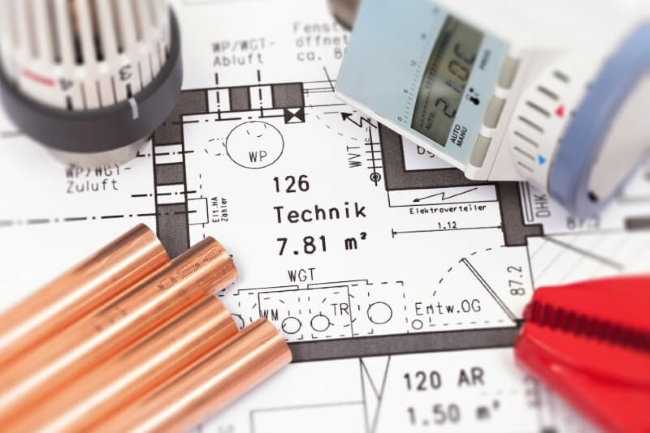
Heating with oil, gas or electricity
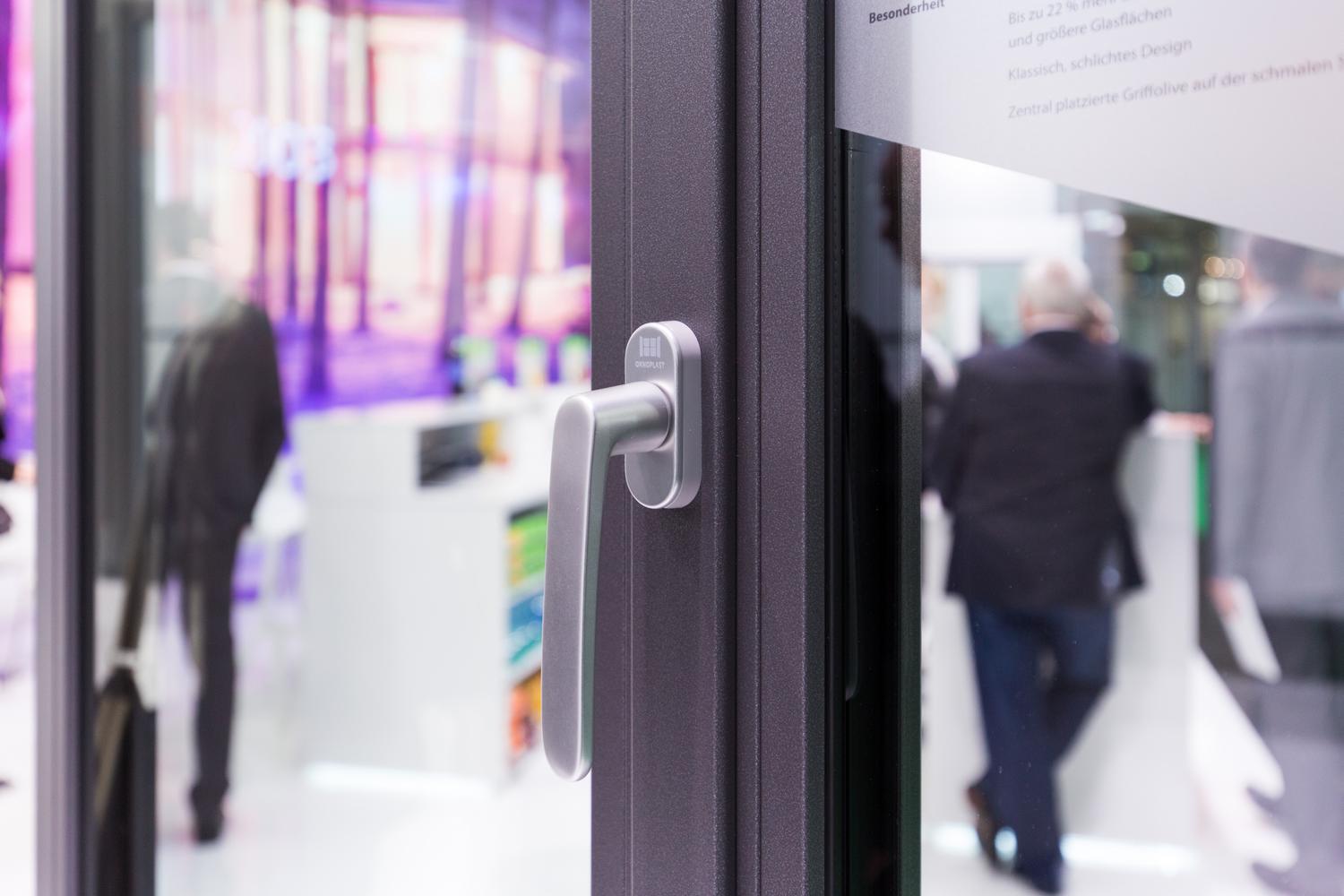
Foil as desired | Oknoplast
